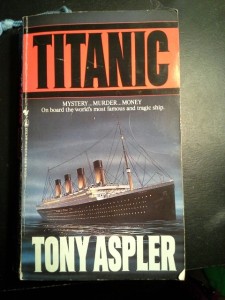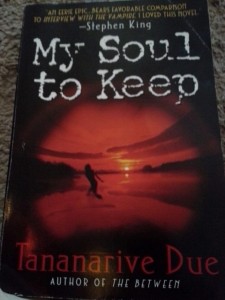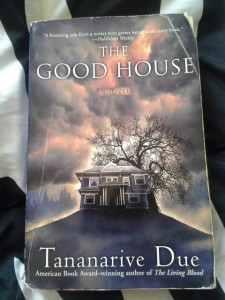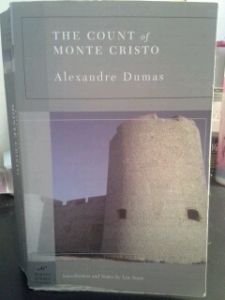3/5
Pages: 447
Published: 1997
Genre: Mystery/Suspense
Overview:
The Devil In Musicstarts off in 1821 Italy with a music loving Marchese by the name of Lodovico Melvezzi. He becomes entranced by a young singer who, on a whimsical night of Italian Carnival, sings below his window. As a rich and powerful man, Lodovico acquires this talented young man as his personal project. He hires the best Maestro his money can buy to train the young singer who Lodovico has given the alias of “Orfeo”. Lodovico is a very proud man, but sometimes he can become quite selfish. His fascination with Orfeo becoming a singing sensation is one instance where he becomes completely obsessed. By his strict instruction, Orfeo is forbidden to leave the confines of Lodovio’s property for fear that another music enthusiast may hear Orfeo’s beautiful voice and steal him away from the Marchese.
Out of nowhere a package is left for Lodovico on the steps of his villa. Inside was a lady’s glove with a diamond arrow piercing a ruby heart. A sinister not accompanied the glove, Lodovico was to meet the mysterious sender at a belvedere on his property late that night unless Lodovico wanted the identiy of the other of the glove to be revealed. His trip to meet the stranger was last he ever took.
While on a brisk walk the next morning in search for a suddenly missing Orfeo, the Maestro stumbles over the corpse of Marchese Lodovico. The police are called to inspect the body. A large bullet hole in the Marchese’s chest revealed that he had been shot at a close range. With the mysterious package that Lodovio received unknown to anyone, but his servant, only one clue is found at the crime scene. A wad of sheet music was lodged in the wound. Lodivico’s murderer had shoved the wadded paper into the gun before firing. Until the murderer was found, Orfeo being the top suspect, Lodovico’s death was released to the public as a result of a heart attack.
Four and a half years later Julian Kestrel, an English dandy, offers his detective services to Lodovico’s widow and his surviving family members. He assured them that he will be able to solve the untimely murder of Lodovico Malvezzi and capture the illusive Orfeo. It’s not too far into the investigation that Julian realizes that this is the most complex case he has ever taken. He is fighting against a family as rich with secrets as they are rich in luxuries. Hidden marriage, unfaithful partners, and a surly police official are only the beginning of the emotional whirlwind Julian must face. No matter how mentally taxing, he is determined to keep his promise to solve Lodovici’s murder and, as he continues to learn more about the people who were close to the Marchese, prove that Orfeo may indeed be innocent despite overwhelming evidence against the young singer.
As The Devil in Music comes to a close, Julian has fought for not only his life, but for the lives of the suspects as well. The identity of the murderer becomes clear when a second murder is committed right under his nose, but the true surprise comes when he discovers that Orfeo has returned to the scene of the crime to place a firm twist in the investigation.
Plot:
Although generally intriguing the plot does have some dry patches. However, the last 100 pages are impossible to put down. There is a nice flow as the murder investigation progresses.
Characters:
All in all, the characters are quite diverse and enjoyable to read about. Julian is the main protagonist of the novel. He’s a very likeable character with his quick wit and generally good nature. However, he does hide secrets from the reader. As a result there are some points in the novel that causes the reader to second guess their initial impression of him.
Since this is a whodunit, every character introduced is a potential suspect. Kate Ross does a good job of keeping the murderer nameless throughout the majority of the novel. Depending on how experienced the reader is in reading murders mysteries, the murderer can be deduced by paying close attention to context clues.









